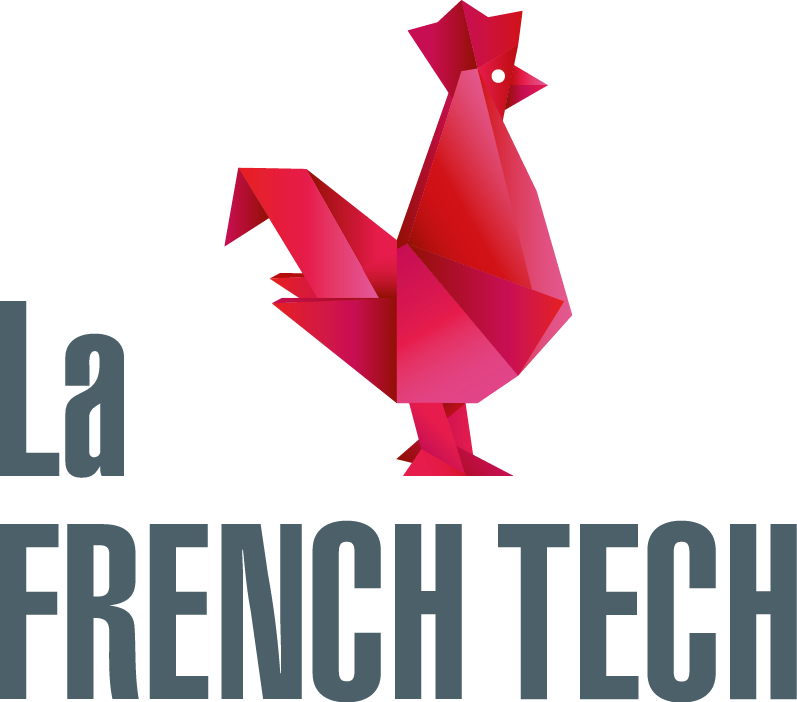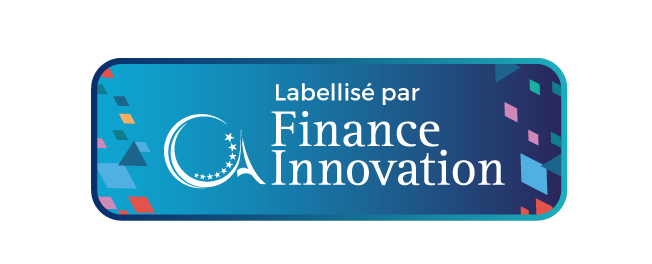Degroof Petercam Asset Management (DPAM) is an independent active asset management firm part of a family owned group with its origins in 1871.
Mr. Guillaume Subias from Quantilia sat down for an exclusive interview with Philippe Denef, CIO of Quantitative Equity and Fund Manager, and Frederiek Van Holle, PhD in Applied Finance and head of Quant Solutions at DEGROOF PETERCAM Asset Management.
Quantilia [Guillaume Subias]: What trends do you see in the quantitative investments industry?
Frederiek Van Holle : We see a clear tendency towards portfolio management combined with machine learning and AI. Portfolio construction is moving towards a much more technical level. It is easy to understand portfolio returns which are linear, but not that easy to understand portfolio risks. 2008 was a clear wake-up call for investors to reassess the risk profile of their portfolios. For example, a “balanced” portfolio with 50% equity and 50% bonds is balanced in returns contribution but not in risk contribution. Therefore, risk based approaches and smart beta solutions are gaining popularity. Investors start to realize that their investment portfolios are too exposed to correlated risk factors, which hit the performance hard during strong market corrections.
Quantilia: And what is your specific approach at DPAM when it comes to quantitative investment? What makes it unique?
Frederiek Van Holle : By construction, the Investment process of the Global Target Income Fund is based on smart beta investing together with the aim of restoring the carry (income) component. Our target is to stabilize the market volatility through optimized diversification, while aiming for a carry of at least 3% per year. The carry return of 3% per year is coupled with our approach to factor investment offering diversification and protection to investors. In this way, the investors earns the risk premium in the medium term and benefits from the annual 3% yield accrual in the fund. Since it is a pure risk-based approach, the key ingredient is the correct calibration of volatility and correlation. In 2018 almost nothing worked in the markets. The diversification and the 3% carry contributed to less drawdown and a faster recovery, respectively. This is the uniqueness of our process. A dynamic risk profile further generates protection when markets correct and boosts performance when markets are in a positive momentum. Even when the portfolio is in a risk-off mood, diversification remains intact, which also helps to recover when market sentiment becomes more positive since the fund is always invested in a wide range of assets.
Philippe Denef : With regards to our behavioral fund, we look at one main factor which is value. The tailored model used is very effective in playing reversion to the mean and capture premium over the long run. It is a smart beta smart factor process with a unique model calibration.
Quantilia: What is your use of new technologies and AI?
Frederiek Van Holle : We are currently exploring the possibilities of Deep Machine Learning. We are also using AI to explain and visualize correlations via cluster analysis. In my article (co-written with Joeri Willems) “Man versus Machine: Visualising Correlations” (see link below), I explain how unsupervised machine learning can add value to a portfolio construction process and a better understanding of the portfolio risk: https://publications.dpamfunds.com/magazine/e-ascent/research/
Philippe Denef : For the behavioural fund, we do not run big data analysis but we identify behavioural biases. Big data is surely becoming more and more important but we also started to look at alternative data.
Quantilia: How do you approach ESG investing in your company?
Philippe Denef : ESG is very important at the company level, in most of the strategies, including the value behavioural strategy where shares are filtered by ESG scores, UN compliant, change in the rating, controversy. Some stocks are automatically excluded. We see more and more factor indexes with an ESG dimension (value ESG, momentum ESG,) It is a new trend with index providers. There is a real appetite in the market. In factor investing for small caps, the liquidity and governance criteria offer more stability. In the emerging market sustainable government bond fund, sustainability acts as a standard of quality for the selection of the govies. In essence, ESG stands for another quality filter in the investment process: it improves returns and is a way to eliminate crash risk, also called tail risk hedge.
Quantilia: Then how is ESG integrated into your investment process?
ESG specialists are spread within the portfolio management teams (if you visit our premises, they are physically located in the middle of PMs which creates a lot of interactions). The ESG team is led by Ophélie Mortier.
Quantilia: Degroof Petercam Asset Management has been onboarded on Quantilia platform. What made you decide to join it?
Frederiek Van Holle : Quantilia offers an interesting approach of quantitative investments. Some people still look at them as a blackbox and it makes sense and adds value to be on Quantilia web platform because of the pre-analysis tools provided for the investments. It gives comfort and confidence to investors.
Philippe Denef : For DPAM, Quantilia is also a mean to target and reach specific kinds of client, looking for quantitative investments at an international level.
General information about DPAM
Degroof Petercam Asset Management (DPAM) is a sustainable investor, pioneer and innovative in responsible and sustainable investing. The firm integrates ESG across asset classes and themes and it is also an active owner. DPAM has a strong focus on research with a proprietary in-house fundamental and quantitative analyst teams that interact with each other, supporting the firm asset management activities. DPAM manages investment funds as well as discretionary mandates on behalf of institutional clients.


